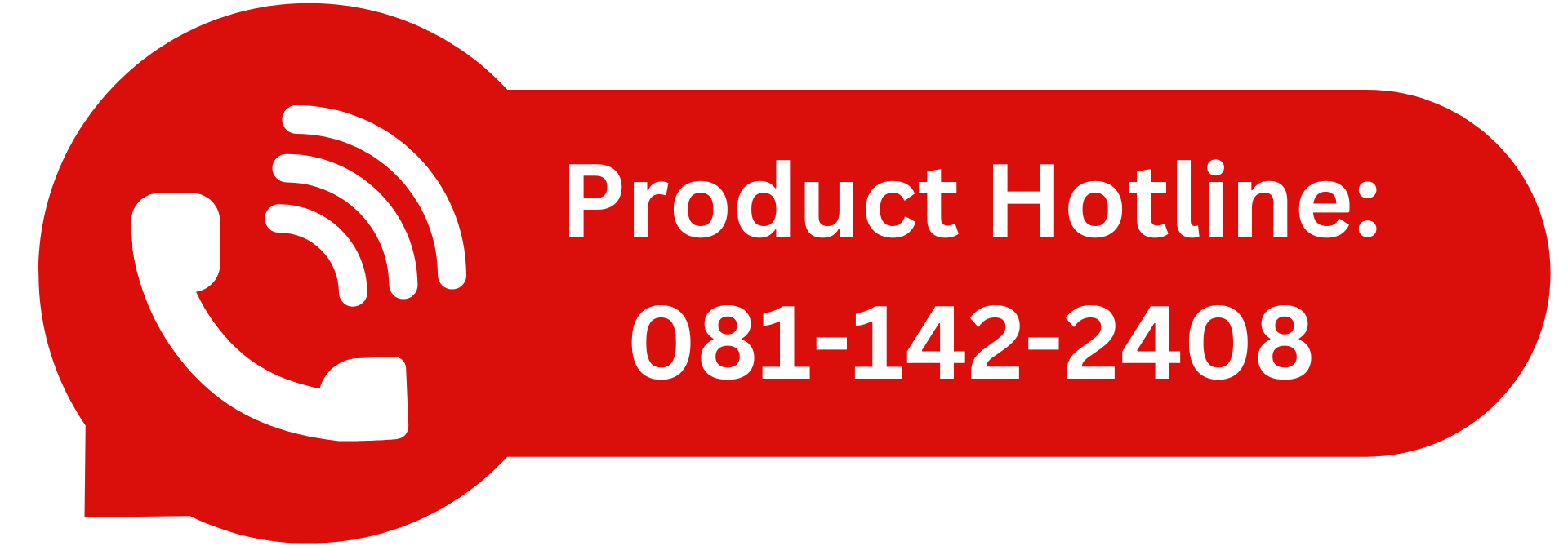A popular problem for SMEs that “go bankrupt” sometimes does not come from losses. But mostly caused by “Lack of working capital” So what is working capital? How can we assess the working capital of a business? And will entrepreneurs be able to increase it? The AIRA has the answer to present as follows.
What is working capital?
working capital In English, it’s called Working Capital, which is short-term reserve capital that a business needs to have. To run the business smoothly, the more working capital you have, it means the business has high liquidity. Have assets quickly converted into cash Able to pay debts as scheduled, but if working capital is low, it means the business is starting to be at risk. on any day There may be a lack of liquidity and the money cannot be made in time to repay debts. This type of problem can often be found in SMEs or newly opened startups that do not prepare enough cash or liquid assets to reserve. And in the end, it may have to end with the word “broken”.
How can working capital be analyzed in financial statements?
Once we understand the meaning and importance of working capital. Entrepreneurs can evaluate their working capital. By considering “Current assets” compared to “Current liabilities” which can be viewed from the statement of financial position
Current assets
Current assets Mostly it consists of 3 main components. Arranged from highest to lowest as follows:
Cash is considered the most liquid asset. That can be used to pay for products or pay off debts very well.
Trade accounts receivable It arises from the fact that we sell products or provide services on credit, for example, after selling the item, it will be another 30 days to receive the money. In the financial statement, this item will be shown as an asset in the category of trade receivables. which is less liquid than cash But it can still be classified as working capital.
Inventories It is a product that is left in the warehouse or has not yet been sold. Inventories are less liquid than cash and receivables. However, Inventories are considered a good source of working capital for production businesses and trading businesses.
Current liabilities
Current liabilities Classified as an obligation that the business must pay in the near future (not more than 1 year). An example of this is a common current liability. Arranged from highest to lowest are:
Trade accounts payable It is caused by the fact that we have already purchased the product or service. but not yet paid Most of the time, we usually get a credit term that gives a longer payment period according to the agreement.
Accrued expenses This part is an expense that we have used in our business but have not yet paid for it, such as accrued salary. Unpaid wages Accrued rent, etc.
short term loans Of course, the loan is short-term. Entrepreneurs must make payments on time along with interest according to their obligations with banks or lenders, such as business credit card debt. Overdraft (OD)
Simply put, current liabilities are the opposite of current assets. Because having a lot of current debt means that the entrepreneur must pay off the debt within a very short time as well.
Once you understand the meaning of assets and current liabilities How to check business liquidity Can be compared as follows.

How much working capital should a business have?
Working capital, if there is little Business has risks. There may be a lack of liquidity. The money was unable to pay the debt in time.
But if there are too many, it may cause the business to lose opportunities for growth. Instead of investing the money to make it grow, they keep it and don’t use it. Therefore, it is the origin of the question. How much working capital should a business have?
This answer varies according to each business. Entrepreneurs must consider
- Type of business, for example if it is a manufacturing business. May require a lot of working capital. Because it takes longer to produce products to sell than a buying and selling business.
- Daily expenses What’s there?
- Special expenses, such as some months being high season, may require more money to be reserved than usual.
Summary: How to increase working capital for your business?
If anyone checks working capital and still doesn’t have enough. or negative numbers There are many ways to increase working capital, such as following up with debtors to pay on time. or give a discount To make debtors pay faster
Manage the warehouse efficiently, such as not stockpiling more products than required.
Sell products faster You may do promotions. or give free gifts to attract customers
Negotiate to request a longer credit term from creditors.
Be careful about penalties from paying off loans. or taxes delayed
Reduce unnecessary expenses each month.
All of the above is what every business owner should know about working capital. Even though it has nothing to do with the profits of the business. But working capital is like the lifeblood that sustains the business. And sometimes it can determine the fate of this business to survive or not in the long run.
If you don’t want to “go bankrupt” in an unexpected way. In addition to knowing about profits You must also know how to manage sufficient working capital.
In the case where the business operator is a seller of goods or services Have business partners who are government agencies or large private companies? and immediately need cash flow to enhance liquidity within the business I don’t want to wait until the commercial credit term is over. Such documents can be used to use the Factoring service (selling trade receivables) with AIRA up to 90% of the document value, quick approval, quick cash receipt.


